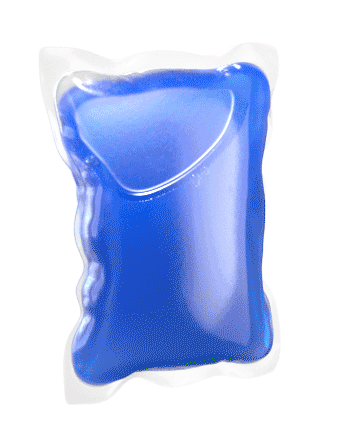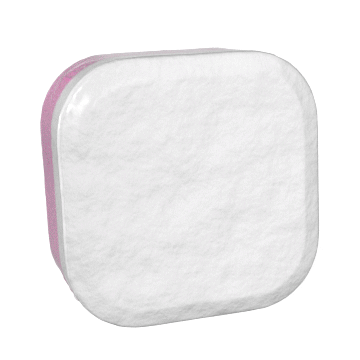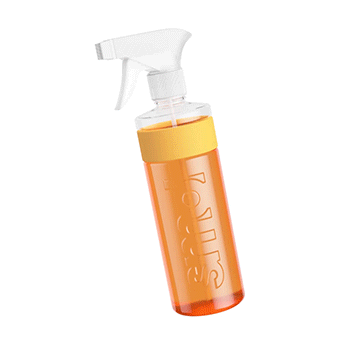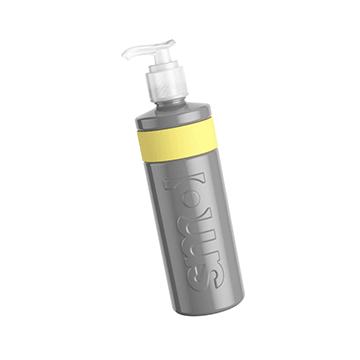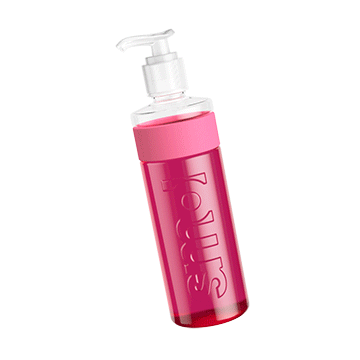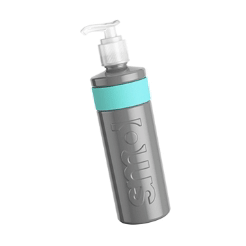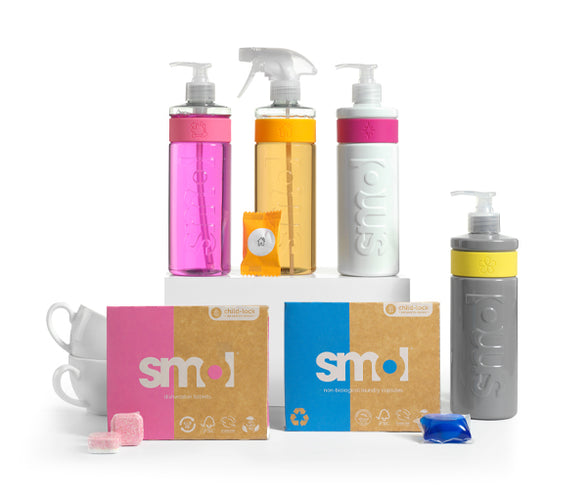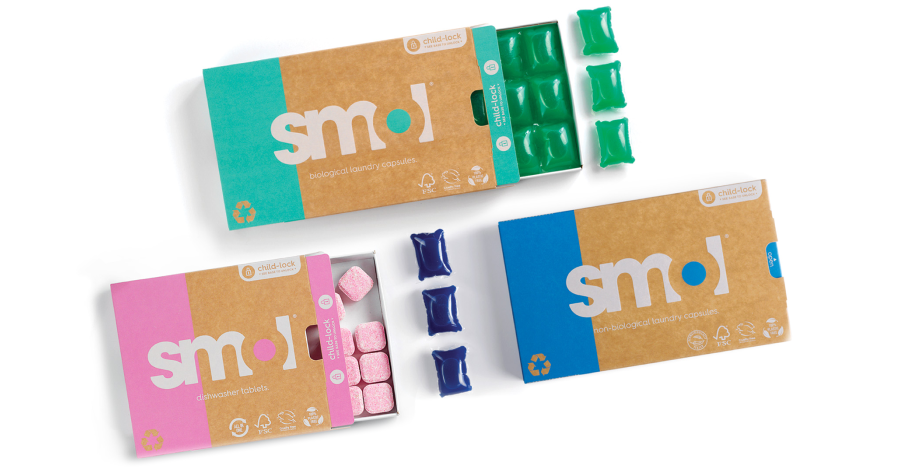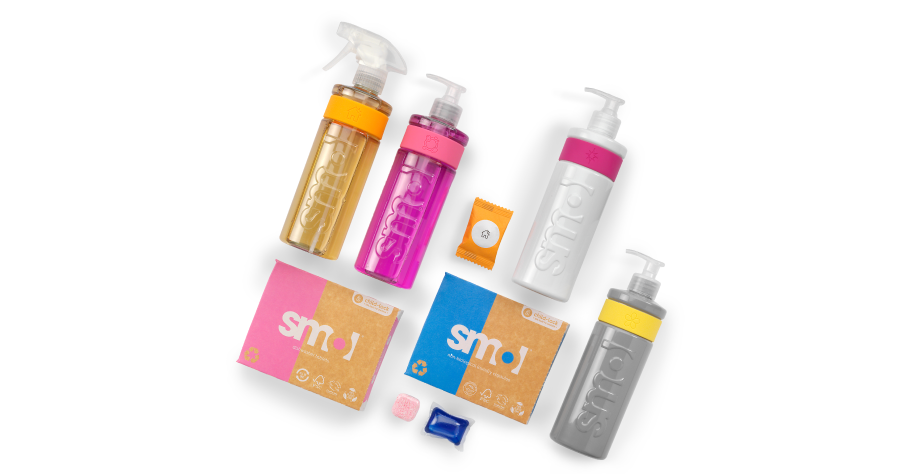
Laundry ecoeggs sure seem to split the public.
On the one hand their fans cannot speak highly enough about the cost savings, environmental benefits and ease of use. On the other hand, their detractors speak of dirty laundry, high levels of bacteria and no scent to their washing.
Good Egg: Pros of the Ecoegg
1. Ecoeggs are effective on most stains.
When the Good Housekeeping Institute took a look at the ecoegg, they found that stain removal was best on cottons and that it washed out about 90% or more of blood stains, baby food and sebum. All in all they seemed pleasantly surprised with their laundry results and concluded that despite struggling with some stains, the ecoegg was a great solution for those who want to be greener, or struggle with sensitive skin.
2. Ecoeggs are a great solution for those who want to be greener.
The other great positive to mention about its use is it replaces the need for lots of single-use plastic bottles of detergent and fabric softener. Always a good thing when you consider the millions and millions of packs that are spewed out by the leading detergent companies every year - most of which is NOT recycled.
3. It’s recyclable.
The egg container itself is also recyclable and suitable for wash after wash and the packaging it arrives in is a recyclable cardboard box with the pellet bags being recyclable also.
4. It’s long-lasting.
The company guarantees your ecoegg for 10 years which is actually a pretty great guarantee. We presume this means it will replace it with no questions asked when it breaks but it is not made clear on their website if you can have this replaced multiple times throughout those 10 years. The egg is also suitable for vegans.
One reviewer writing for yours.co.uk stated:
I have been pleasantly surprised to find my laundry just as clean after using the ecoegg compared with my normal routine. There isn't anything exciting to report - it works just as you would hope it would - clean and soft clothing straight out of the washing machine.However, I do miss the scent of a fabric softener. My ecoegg leaves no noticeable scent, and I miss that – I miss the long-lasting whiff of floral tones on my washing as it sits in my wardrobe. I have found myself using a dash of fabric softener alongside the ecoegg for my delicates and favourite clothing – but that’s a personal preference.
5. It’s cost-effective.
At 11.4p per wash initially and 10p per wash once using the refills it certainly seems cost-effective if it’s getting the job done well.
Bad Egg: Cons of the Ecoegg.
The ecoegg is not without its critics however. A quick look at Trustpilot puts them rated at 2.6 stars out of 5 (which is a Poor rating), but what about more in-depth reviews?
1. The chemistry is questionable?
Fluff Love and CD Science are amongst those who have concerns:
What I can say is this: oxygen molecules no matter how ionized do not have the capability of lifting away dirt. The bond between dirt and fabrics is greater than the pull of oxygen to the surface due to the vast difference in size between oxygen molecules and dirt compounds. Therefore, using this product would yield results similar to washing with water alone. It does not have the capability of cleaning laundry and it does not address the concerns of individuals washing in hard water.
2. Concerns over performance.
It is hard to find scientific studies into how well the ecoegg performs in a laboratory, however one study was carried out by the Nappy Science Gang. The Nappy Science Gang is a citizen science project run by cloth nappy users looking for scientific answers to questions about cloth nappies. It is funded by the Wellcome Trust and the Royal Society of Chemistry.
Their investigations cast doubt on the ecoegg’s ability to keep dirt and bacteria suspended in water until it is drained from the machine. What’s more, a strip washing test on cloth nappies showed that the ecoegg came fifth out of seven detergents on bacteria removal, including harmful pathogenic bacteria. In fact, the ecoegg did not perform much differently from just washing with water alone.
3. Bacterial build-up.
The same strip washing test also revealed one other alarming discovery.
Five nappies that were deemed in need of a strip wash were professionally analysed in a lab to see what (if anything) was hiding in the fabric that could be causing the smell or lack of absorbency. The lab was not told what the nappies had been being washed with.
None of the nappies had a detergent build-up but they ALL had a LOT of bacteria living on them.
One nappy which seemed to be actually repelling liquid instead of absorbing it had the most bacteria of all, around TEN TIMES that of its nearest neighbour. This nappy turned out to have been washed routinely with an ecoegg.
4. Dirt could simply redeposit.
Detergent Scientist Jessica Liley was questioned by the Nappy Science Gang on the ecoegg and replied:
I am a little sceptical about ecoeggs to be honest. The ingredients weaken the adhesive forces between dirt and fibres, and “activated” oxygen helps lift this dirt, but I think that scientifically, you need the chemical structure that a detergent has in order to solubilise hydrophobic dirt and lift it to wash it away, all the while keeping it in suspension in the wash and not allowing it to redeposit onto the clothes.
So what about normal loads without nappies?
5. No hot washes.
The ecoegg can be used in washes up to 60 degrees but not on very hot washes. It is also not recommended for use with delicate garments due to the mechanical nature of the egg moving about inside the drum during the washing process.
6. Struggles with synthetics.
Good Housekeeping found the ecoegg did somewhat struggle when washing synthetics, with only 67% of stains removed on average. So you may want to stick to your regular detergent for your polycottons.
7. Requires more water.
Finally, It’s worth noting that an ecoegg needs high levels of saturation to work well - ie a LOT of access to water. Today’s HE (High Efficiency) washing machines have been designed to use less water which is a HUGE benefit to the planet and your wallet. One way round this issue is to put less washing in for every load that you do - but you will be using more water and electricity to do your washing this way.
8. What if I have a septic tank?
The ecoegg has not been tested for use with septic tanks.
So would smol ever make its own egg?
There are many who speak favourably about the egg for everyday washing that’s not particularly dirty. It does well on its lack of chemicals and seems cost-effective compared to branded detergents. All well and good if it’s getting the job well done.
Microfibre concerns.
But introducing hard objects into a wash load increases microplastic shedding and currently it has been shown that capsules only create the same amount of microfibres in a wash as using pure water alone. As soon as you swap to a powder or a laundry ball these levels of shedding start to rise. And with doubts expressed by The GHI on how the egg tackles some stains along with the high bacterial levels found by The Nappy Science Gang… we’re wondering whether clothes will end up needing a second wash.
Tried and tested science.
smol formulations stand on decades of careful science and proven claims, so we’re sticking with detergent for now. The inclusion of enzymes for our bio capsules ensures effective dirt removal and cleaning even when washing at today’s lower temperatures, with today’s HE machines that use less water.
And our surfactant technology delivers exceptional results in all laboratory tests ensuring the removal of oils from fabrics which water alone just cannot do. Surfactants have a head that is hydrophilic (attracted to water) and a tail that is hydrophobic (water fearing). This means their water fearing end will grab onto dirt molecules in an attempt to escape the water, all the while its water loving end refuses to let go of the water, pulling the dirt from the fabric with it and holding it in the water until it rinses away out of the machine.
Finally, when it comes to carbon emissions we are confident of our cuts. Our full lifecycle analysis carried out by sustainability experts eLoop showed that switching to smol capsules from a big branded capsule cut carbon* by 35%.
If you’ve not taken a FREE TRIAL of our laundry capsules yet, why wait? There’s a choice of bio, non-bio and even fragrance-free and they are all vegan, cruelty-free and packaged without plastic.
smol things make a big difference.
* in production and distribution
